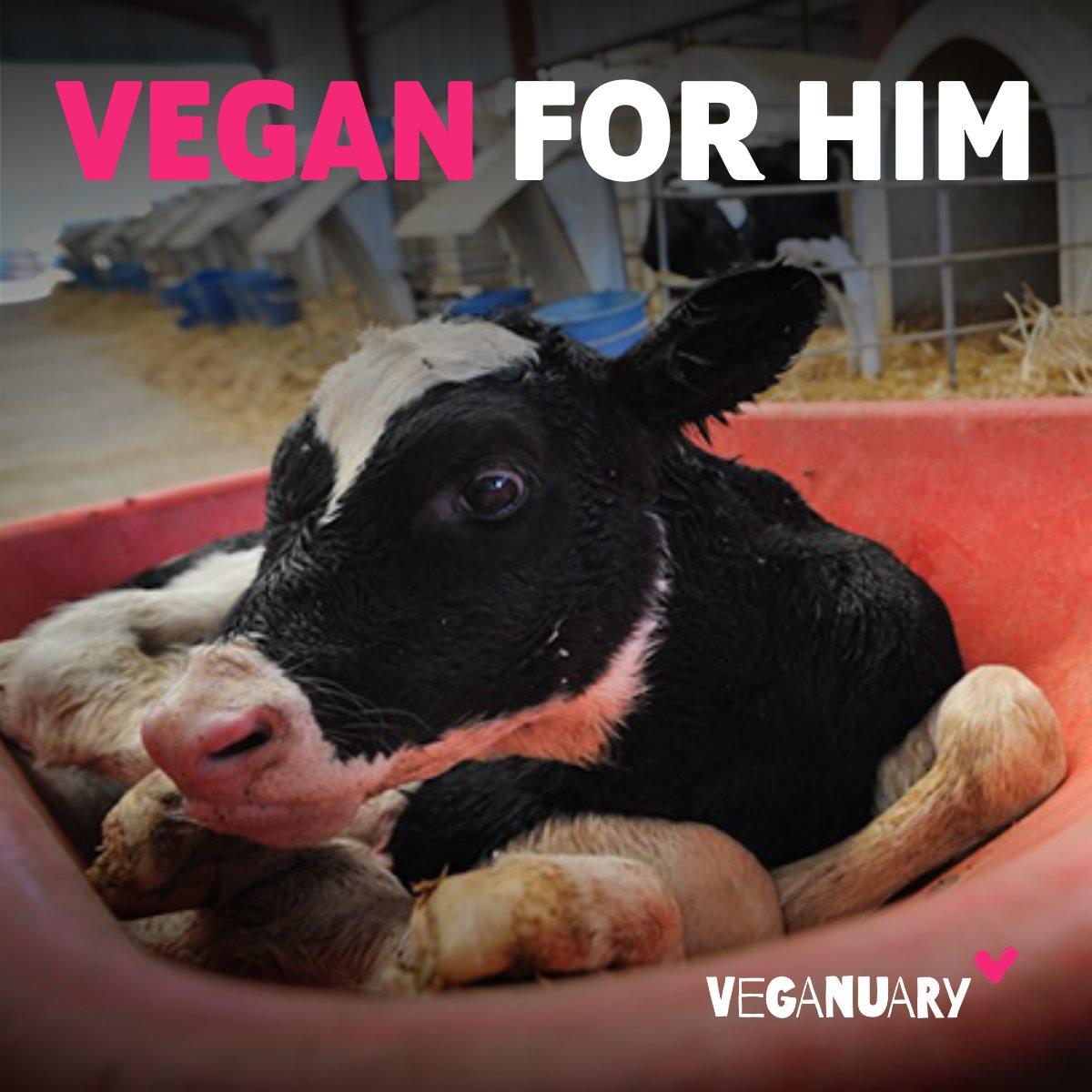Fish farming cruelty, also known as aquaculture, has been promoted as a sustainable solution to meet the growing global demand for seafood. However, behind the glossy facade of pristine water tanks and abundant fish, lies a darker reality of cruelty and neglect in the aquaculture industry.
The conditions in which farmed fish are raised are often overcrowded, filthy, and stressful. Fish are confined to small tanks or cages, where they are forced to live in close quarters with thousands of other fish. This overcrowding can lead to aggression, disease, and high mortality rates among the fish.
In addition to overcrowding, fish in aquaculture facilities are often subjected to a variety of stressful practices. These include forced breeding, handling, transport, and processing, all of which can cause physical and psychological harm to the fish. For example, fish are often crowded into tanks and nets for transport, where they can be injured or killed during the journey.
Furthermore, the use of antibiotics and chemicals in fish farming can have negative impacts on the health and welfare of the fish. Antibiotics are often used to prevent disease outbreaks in crowded conditions, but they can also lead to antibiotic resistance in fish and create environmental pollution in the surrounding waters.
One of the most controversial practices in fish farming is the use of slaughter methods that are inhumane and cruel. Many fish are killed through methods such as suffocation, crushing, or live chilling, all of which can cause immense suffering to the animals. Additionally, the lack of regulations and oversight in the aquaculture industry means that these cruel practices often go unchecked and unpunished.
Despite these issues, the aquaculture industry continues to grow rapidly, driven by the demand for cheap seafood. The global fish farming industry is worth billions of dollars, and companies are more focused on maximizing profits than on the welfare of the fish in their care.
There are, however, some efforts being made to improve the welfare of farmed fish. Some companies are implementing more humane slaughter methods and improving the conditions in which the fish are raised. Additionally, there is a growing movement of consumers who are demanding more ethically produced seafood, leading to a rise in certification programs that promote sustainable and humane aquaculture practices.
But more needs to be done to address the widespread cruelty and neglect in fish farming. Regulations need to be strengthened to ensure that fish are raised and slaughtered in a humane manner. Consumers also have a role to play in demanding more transparency and accountability from fish farming companies.
As awareness grows about the dark side of fish farming, more people are choosing to opt for wild-caught seafood or plant-based alternatives. By supporting sustainable fishing practices and reducing demand for farmed fish, we can help to reduce the suffering of the billions of fish who are raised and killed in cruel and inhumane conditions every year.
In conclusion, the aquaculture industry has a long way to go in improving the welfare of farmed fish. From overcrowding and stress to inhumane slaughter practices, the cruelty and neglect in fish farming are widespread and deeply concerning. It is up to consumers, regulators, and industry stakeholders to work together to create a more ethical and sustainable future for the fish in our oceans.
https://www.bloglovin.com/@rimaakter9/dark-reality-chickens-in-poultry-industry-12646245
https://www.tumblr.com/rimaakter45/751558047767363584/the-decline-of-cattle-farming-a-suffering





Comments